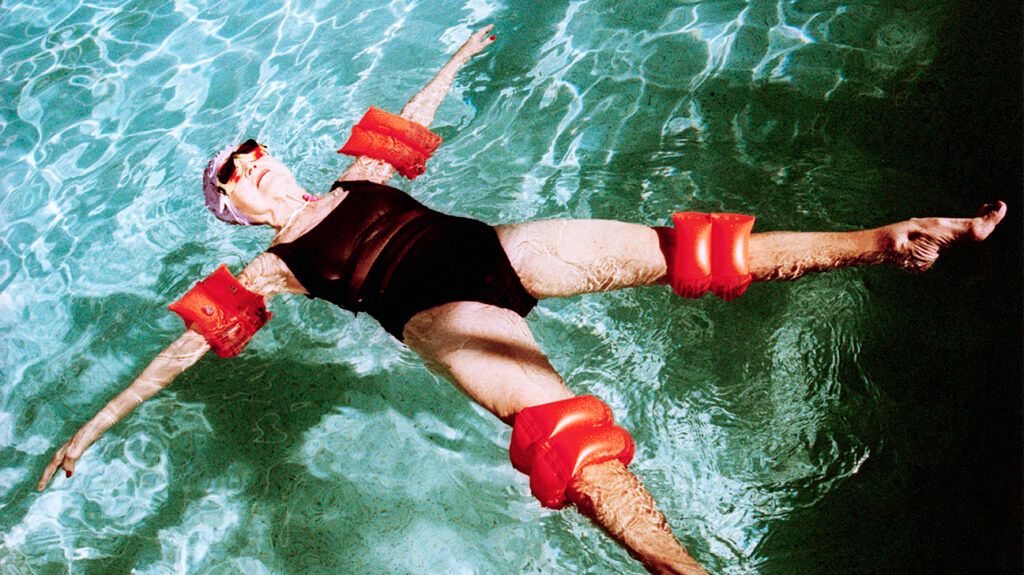Bradycardia is the medical term for an unusually slow heart rate. Because symptoms of bradycardia can include tiring easily during exercise, a person with the condition may need to engage in lower-intensity sports and activities.
Occasional or borderline bradycardia may not present with any symptoms, so in these instances, a person may be able to exercise regularly without feeling faint or tired.
This article explores whether it is safe for someone to exercise with bradycardia. It discusses bradycardia symptoms that may impact someone’s ability to exercise, types of exercise to try, and managing bradycardia.
Finally, it outlines when someone should consider seeing a healthcare professional.
Cardiovascular health resources
Visit our dedicated hub for more research-backed information and in-depth resources on cardiovascular health.

According to the American Heart Association (AHA), doctors typically define bradycardia as when a person’s resting heart rate is
Exercising with bradycardia is a very individual experience, and the types of activities a person can partake in depend on the cause of bradycardia.
Elite athletes, for example,
However, people with an underlying health condition, such as sinoatrial node dysfunction, will likely have to make adjustments to prevent symptoms, such as fainting, from occurring. The sinoatrial node produces an electrical signal that regulates how often the heart beats.
Some other causes of a slow heart rate include:
- congenital heart defects
- problems in the conduction pathways of the heart that do not allow electrical impulses to pass sufficiently from the atria (upper chambers of the heart) to the ventricles (lower chambers of the heart)
- heart damage as a result of aging, heart attack, or heart disease
- metabolic disorders, such as hypothyroidism
- certain heart medications
- obstructive sleep apnea
- heart surgery
- chemical imbalances in the blood, such as potassium or calcium
- myocarditis
- inflammatory disease, which may include rheumatic fever or lupus
If medications are affecting a person’s heart rate, a doctor
When a person is exercising, the following bradycardia symptoms
These symptoms are
People should speak with a doctor about how they can safely exercise with bradycardia. Some individuals may be able to exercise without experiencing any symptoms.
According to the National Heart, Lung, and Blood Institute, regular exercise
However, while anyone with an underlying heart condition should still engage in physical activity, if possible, they should also seek supervision from a doctor.
If someone has bradycardia and has not engaged in physical activity for a while, they should follow a plan that has a
Depending on what a doctor has suggested, a person may be able to engage in moderate-intensity exercise or vigorous-intensity exercise when they have bradycardia.
Moderate-intensity aerobic exercises
Examples of moderate-intensity exercises include:
- brisk walking, which is a pace of
at least 2.5 miles per hour (mph)Trusted Source - cycling slower than 10 mph
- dancing
- water aerobics
- gardening
Vigorous-intensity aerobic exercises
Examples of vigorous-intensity exercises include:
- cycling at 10 mph or more
- running
- swimming laps
- hiking up-hill
- aerobic dancing
- heavy gardening, which may involve continuous digging, for example
When a person’s bradycardia does not cause any symptoms,
However, if bradycardia is causing symptoms, beginning to cause other complications, or occurs alongside heart block, a person may require a pacemaker. Pacemakers are devices that help control how often the heart beats.
If a person’s medication is causing bradycardia as a side effect, a doctor may be able to adjust the dose or prescribe a different one.
A person should speak with a doctor if they are regularly feeling tired while exercising and have not changed their routine. They should also check in if they are experiencing other symptoms of bradycardia, such as chest pain.
Additionally, if someone with bradycardia is unsure of how much and what type of physical activity they should be engaging in on a regular basis, they should speak with a doctor.
The type of exercise a person with bradycardia can safely do depends on their individual circumstances.
Elite athletes with bradycardia can often engage in vigorous physical activity without symptoms. In comparison, someone with an underlying health condition may need to start exercising at a slower pace with guidance from their doctor.
People with bradycardia should discuss how to exercise safely with their doctor. They should also speak with a healthcare professional if their symptoms worsen.


